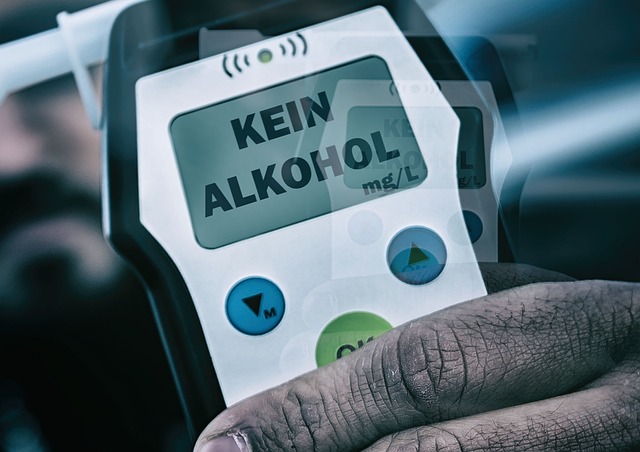Educating youths about drug interactions and DUI laws is key to preventing early alcohol and substance abuse, enhancing driving safety by mitigating substance effects on reaction times, coordination, and judgment. Targeted interventions in schools and communities empower at-risk youth with knowledge of Drug Interaction and DUI Law, fostering responsible behavior and deterring risky behaviors like DUI violations. Balancing law enforcement with comprehensive education emphasizing immediate dangers and long-term impacts can keep young drivers safe.
In the realm of youth prevention, addressing early instances of DUI (Drunk or Drugged Driving) is paramount. This article delves into the intricate relationship between drug interaction and DUI laws, offering a comprehensive guide for parents, educators, and policymakers. We explore effective strategies, from early intervention programs to robust enforcement and educational initiatives, designed to deter young individuals from engaging in risky behavior behind the wheel. Understanding these critical components is essential to keeping our roads safe and nurturing responsible choices among youth.
- Understanding Drug Interaction and DUI Laws
- Early Intervention Strategies for Youth Prevention
- Effective Enforcement and Educational Programs
Understanding Drug Interaction and DUI Laws

Understanding drug interaction and DUI laws is a crucial step in preventing early alcohol and substance abuse among youths. Drug interactions can significantly impact an individual’s ability to operate a vehicle safely, as different substances may alter reaction times, coordination, and judgment. Knowing the legal implications of driving under the influence (DUI) of drugs or alcohol is essential for young people to make informed decisions. DUI laws vary across jurisdictions, but they generally aim to keep roads safe by penalizing individuals who drive while impaired.
Educating youth about these interactions and laws can help foster responsible behavior. By understanding how medications, illicit substances, and alcohol interact, young drivers can avoid dangerous situations. Additionally, being aware of the legal consequences of DUI offenses can deter them from engaging in risky behaviors behind the wheel.
Early Intervention Strategies for Youth Prevention

Early intervention strategies play a pivotal role in youth prevention, aiming to curb the alarming trend of Early DUI (Driving Under the Influence) cases. By implementing tailored programs in schools and communities, we can reach at-risk youths before they engage in risky behaviors like drug interaction and subsequent DUI violations. These interventions often involve peer-to-peer education, encouraging open discussions about substance abuse, its legal consequences, and personal well-being.
Programmes focusing on building resilience, promoting healthy coping mechanisms, and fostering positive decision-making skills can significantly reduce the likelihood of youth involvement in DUI incidents. Equipping young individuals with knowledge about Drug Interaction and DUI Law empowers them to make informed choices, recognizing the potential dangers of combining drugs and driving.
Effective Enforcement and Educational Programs

Youth prevention programs aimed at stopping early DUI (driving under the influence) must include effective enforcement and educational components to be truly successful. Strict enforcement of DUI laws, particularly those targeting underage drivers, sends a clear message that drug interaction and DUI do not mix. Educational programs should go beyond basic awareness campaigns to teach young people about the dangers of mixing alcohol or drugs, the legal consequences of DUI, and strategies for making responsible decisions.
Incorporating real-life scenarios and interactive learning can help young adults understand the immediate risks and long-term impacts of impaired driving. Furthermore, these programs should emphasize the role of peer pressure and encourage teens to resist engaging in such behaviors. By combining robust enforcement with comprehensive education, prevention efforts can be more effective in keeping young drivers safe on the roads.
By implementing comprehensive strategies that combine education, early intervention, and effective enforcement, we can significantly reduce DUIs among youth. Understanding drug interaction and DUI laws is pivotal in this effort. Through tailored programs that address the unique challenges faced by young individuals, we can foster responsible decision-making and prevent tragic outcomes related to impaired driving.






